#elizabeth bennet
Explore tagged Tumblr posts
Text

She is tolerable, but not handsome enough to tempt me...
Some Pride and Prejudice fanart 😇😇😇 such a big comfort movie
#pride and prejudice#elizabeth bennet#jane austen#fanart#mr. darcy#fitzwilliam darcy#pride and prejudice fanart#digital art#illustration#fan art
132 notes
·
View notes
Text





Pride and Prejudice (1995) + Text Posts (4/?)
#pride and prejudice#pride and prejudice 1995#jane austen#mr darcy#elizabeth bennet#fitzwilliam darcy#colin firth#jennifer ehle#pride and prejudice 95#pride and prejudice text posts#shitpost#tag yourself im 'my worst fear is being taught the rules to a new card game in a social setting'#i make these to keep me sane through The Horrors
91 notes
·
View notes
Text




I love you! Most ardently...
#perioddramaedit#pride and prejudice#papedit#austenedit#elizabeth bennet#keira knightley#adaptationsdaily#tusereliza#weloveperioddrama#userhayf#userladiesofcinema#cinemapix#userstream#userthing#usersource#perioddramasource#usersugar#usersansa#userrizz#cinematv#userakrivi#*my gifs
61 notes
·
View notes
Text
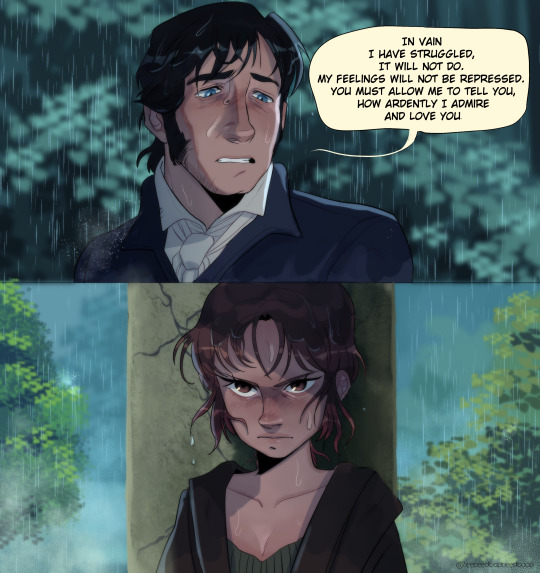
"Chat what do I do the guy I hate just confessed their unyielding love to me"
Pride and prejudice screenshot redraw but not really, I drew them like how I felt like it ¯_(ツ)_/¯
#artists on tumblr#illustration#character design#pride and prejudice#fanart#screenshot redraw#I have pnp brainrot these days#I just keep thinking of mr darcy and his confession...#mr darcy#elizabeth bennet
13K notes
·
View notes
Text



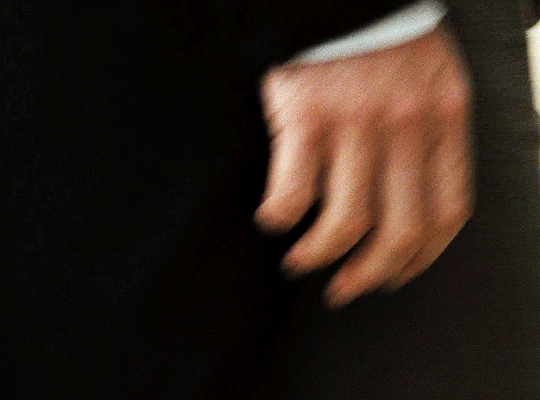
Pride and Prejudice 2005 ☼ dir. Joe Wright

#pride and prejudice#papedit#filmedit#elizabeth bennet#mr darcy#nikolatexla#giffed this scene solely for this tweet#this shot is impeccable
14K notes
·
View notes
Text
RIP Lydia Bennet you would’ve loved watching tik toks at full volume in public
#tell me I’m wrong#pride and prejudice#jane austen#lydia bennet#pride and prejudice 2005#bbc pride and prejudice#elizabeth bennet#mr darcy
4K notes
·
View notes
Text
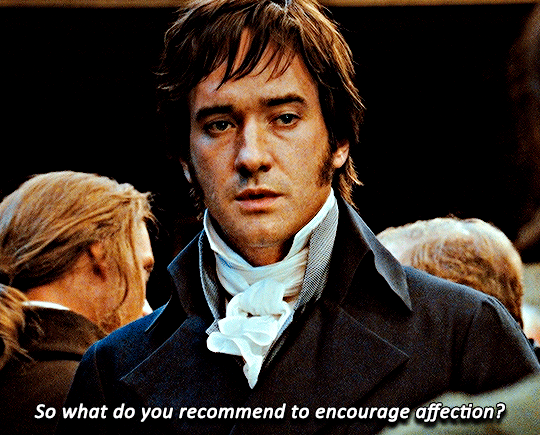
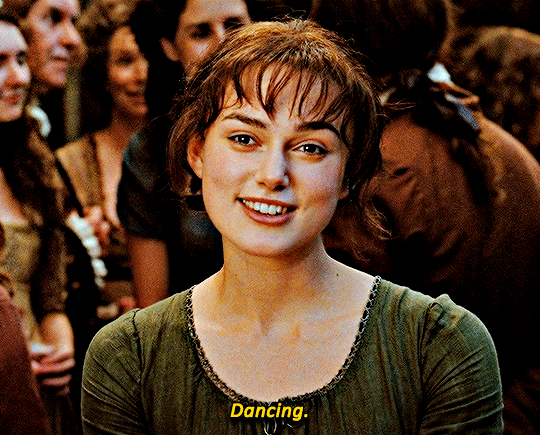
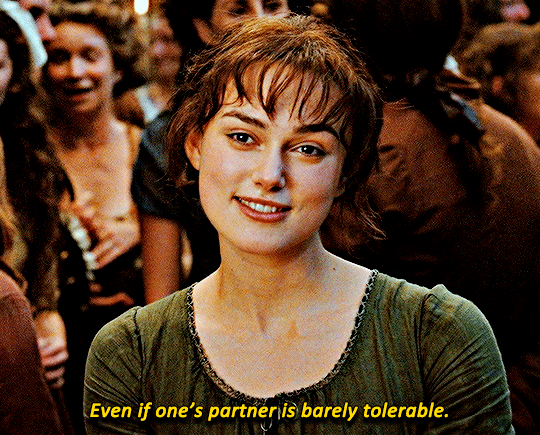
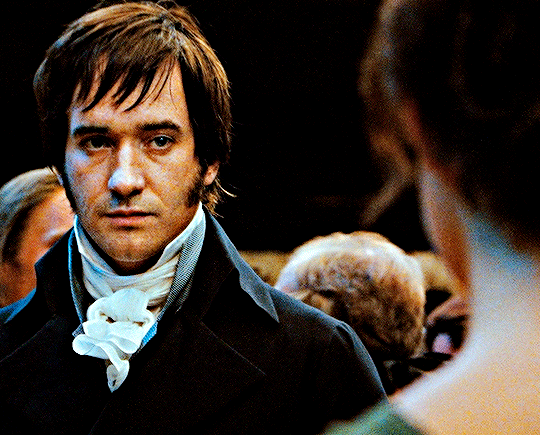
PRIDE AND PREJUDICE 2005 | dir. Joe Wright
#pride and prejudice#elizabeth bennet#keira knightley#filmedit#perioddramaedit#kknightleyedit#mine#userclara#userrlaura#tusertha#tuserlou#usermandie#usersaoirse#useradie#tuserhan#userveronika#nessa007#usergiles#kallypsos#weloveperioddrama#userbennet#tusereliza
3K notes
·
View notes
Text
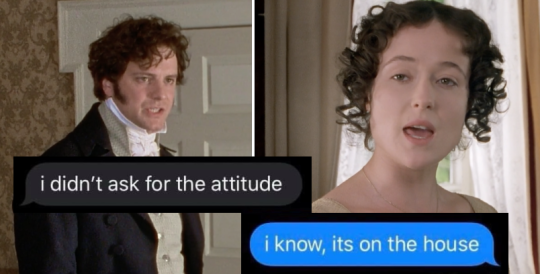

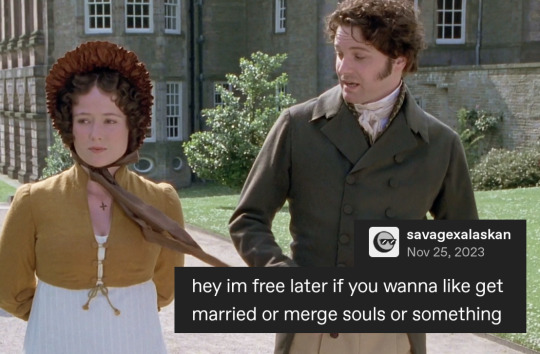

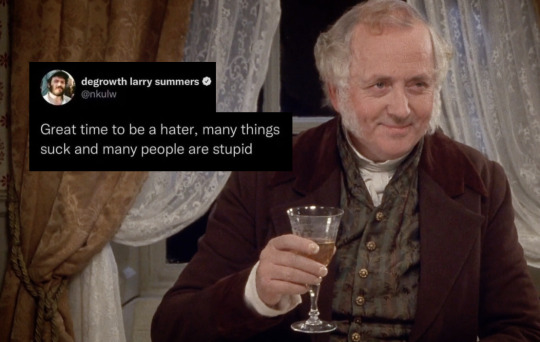
Pride and Prejudice 1995 text posts, part 6 of ? - prev set, next set
More: Persuasion 1995 text posts | Sense and Sensibility 1995 text posts | Northanger Abbey 2007 text posts | Emma. 2020 text posts
#pride and prejudice memes#pride and prejudice#jane austen memes#jane austen#english lit memes#text posts#pnp text posts#pride and prejudice 1995#mr darcy#elizabeth bennet#mary bennet#mr bennet#mr wickham#georgiana darcy#my stuff#1k#2k#3k
4K notes
·
View notes
Text
You can’t win as a woman in fiction. Be too positive, you become a Mary Sue, have flaws and those flaws are why almost nobody likes you. Be moderate, you have wet-cabbage personality, be exuberant, you are an unrealistic example. Have strong morals, and you’re badly developed, be morally corrupt and you’re hated with such vigour fans will send hate mail to the actress who plays the character. Be kind and soft and in love, you’re a representation of sexism, be cruel, harsh and cold and you’re just a bitch. Be a complex, realistic, ambiguous character, and either your flaws or your positive traits will be ignored or blown out of proportion and into oblivion. There is no winning for female characters.
#women in fiction#alicent hightower#rhaenyra targaryen#daenerys targaryen#sansa stark#arya stark#catelyn tully#padme amidala#assaj ventress#ahsoka tano#leia organa#leia skywalker#princess leia#polly gray#ada shelby#katniss everdeen#elizabeth bennet#elena gilbert#women#female characters#women in film
22K notes
·
View notes
Text
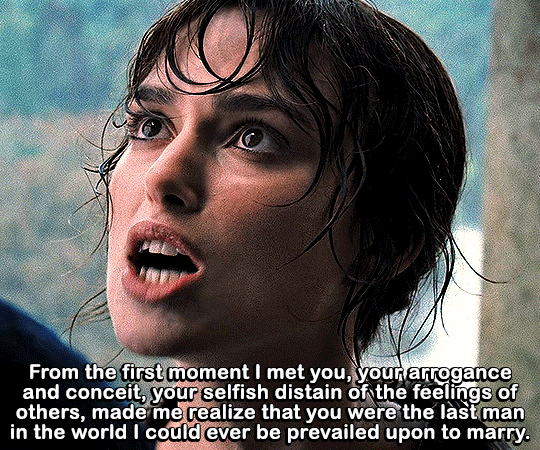
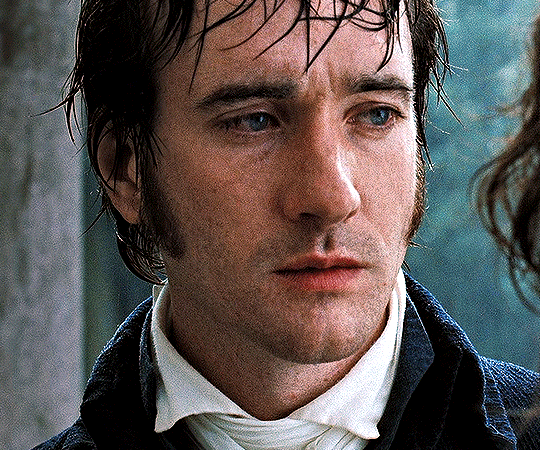


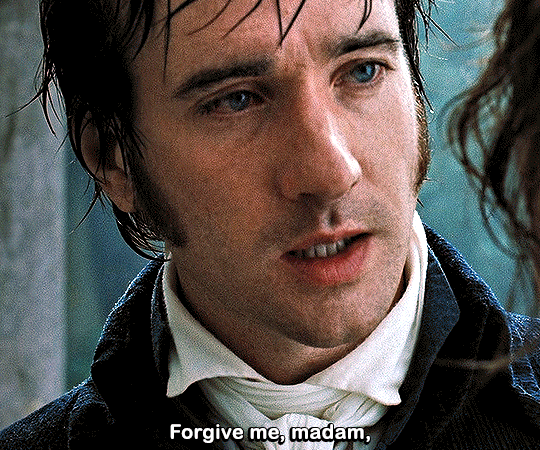


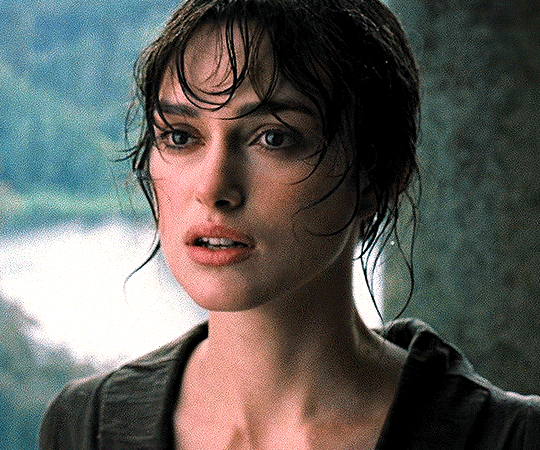
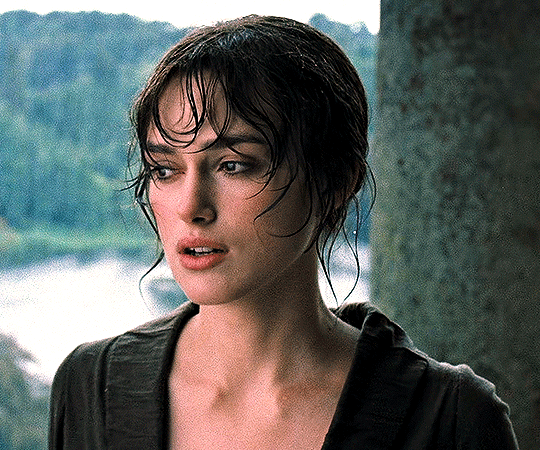
He leaves, abruptly. Elizabeth watches him stride away, through the rain. What has she done? She bitterly bursts into tears.
PRIDE & PREJUDICE (2005) dir. Joe Wright
#pride and prejudice#perioddramaedit#kknightleyedit#keira knightley#filmedit#elizabeth bennet#mr. darcy#prideandprejudiceedit#usermandie#useriselin#userconstance#userzil#userrlaura#tuserdana#userallisyn#userrobin#userlenny#byyolanda#filmgifs#2k#actually....might jump off a cliff
2K notes
·
View notes
Text

💚🐸💚
#Jane Austen#knitted frog#gentleman#fashion#style#1800s#19th century#english countryside#Mr Darcy#Elizabeth Bennet#stop motion#animation#costume#Pride and Prejudice
4K notes
·
View notes
Text



Elizabeth Bennet in Episode 6 - Pride and Prejudice (1995)
#pride and prejudice#pride and prejudice 1995#pride and prejudice 95#jennifer ehle#elizabeth bennet#gifs#my gifs#period drama#perioddramaedit#fitzwilliam darcy can u FIGHT#she's so beautiful#i actually feel painnnnn
58 notes
·
View notes
Text

watched pride & prejudice a few weeks ago its so haikaveh coded
#genshin impact#genshin#genshin fanart#haikaveh#kavetham#alhaitham#kaveh#pride & prejudice#mr darcy#elizabeth bennet#art#artist#my art#artwork#artists on tumblr#drawing#fan art#hoyoverse
6K notes
·
View notes
Text

Mr. Darcy is my little meow meow
#artists on tumblr#illustration#fanart#pride and prejudice#pride and prejudice 2005#fitzwilliam darcy#elizabeth bennet#are you surprised to see pride and prejudice art on your dash?#so am I
7K notes
·
View notes
Text





Pride & Prejudice (2005) dir. Joe Wright
#pride and prejudice#mr. darcy#william fitzgerald darcy#elizabeth bennet#perioddramaedit#perioddramasource#usergif#filmedit#filmgif#*
3K notes
·
View notes
Text
i love how a big part of elizabeth bennet’s character is that she is obviously very smart, she is very observant, but she can easily be led astray by her preconceived notions, by things that she already has convinced herself of believing. and this is most obvious by her not seeing mr. darcy’s proposal coming at all, because girl that man was openly flirting with her. i don’t think this is shown a lot in the movie or the tv series, but he keeps teasing her, answering her witty remarks with a smile, the whole “i am not afraid of you” thing. like, charlotte saw it coming, colonel fitzwilliam definitely saw it coming, the gardiners knew as soon as they saw them together later in the book, mr darcy was not as subtle as he thought he was being
seriously, god bless you jane austen for giving us this romance of two fucking idiots constantly misunderstanding each other’s actions and intentions. god bless you for giving us mr “aha so like what do you think of your friend’s marriage? you wouldn’t mind living away from your family when you marry right? oh, no reason, no reason, just a random thought. and what do you think of rosings, you know if hypothetically you were ever a guest there, no, no reason hehe”, and miss “i wonder why i keep coming across mr darcy during my walks, i even made sure to tell him that this is where i usually take my walks so he can avoid me but we are still??? running into each other???? and he keeps asking me all these strange questions too, what a weirdo”
just, two idiots that were made for each other
#everyone say thank you jane austen#the modern romcom would not be the same without you#pride and prejudice#jane austen#literature#elizabeth bennet#mr darcy#fitzwilliam darcy
4K notes
·
View notes